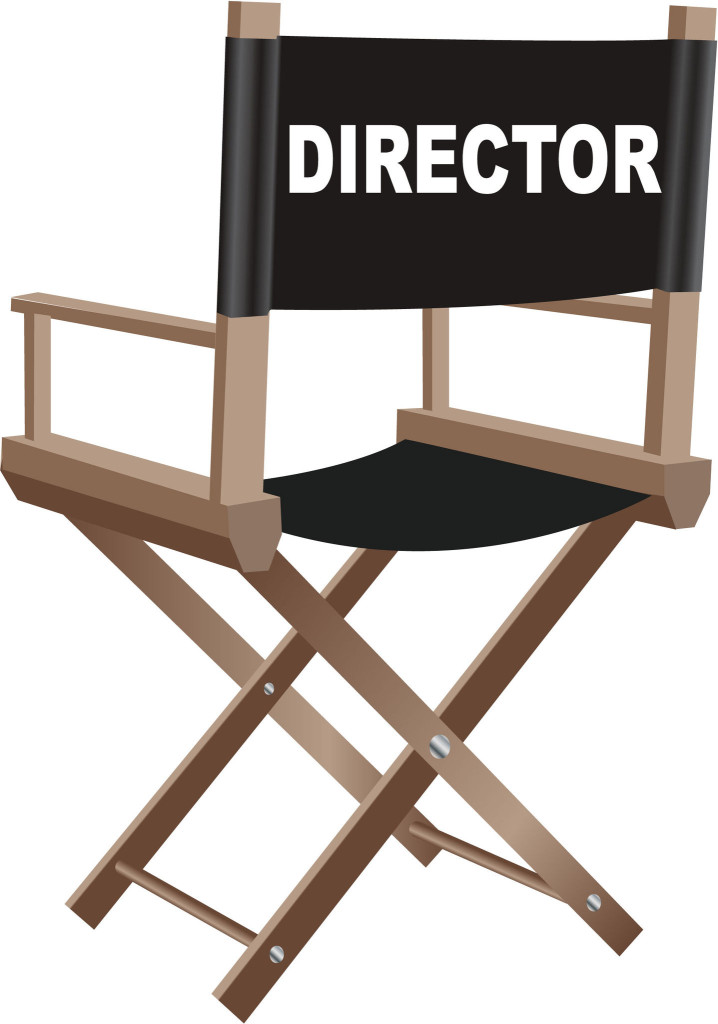(DRAMA)TURGY WITHOUT TRAGEDY
Do you want to control and de-escalate professional situations?
Do you want to communicate effective and targeted messages?
Can you write an emotional profile for the role you play in a supervisory position?
This is a modular workshop that will teach you how to direct the potential drama in your work environment and take it to new levels . . . and beyond! Dramaturgy is the composition of dramatic work. Gotthold Ephraim Lessing (1729 – 1781 Germany) made the first conscious attempt to discuss both dramaturgical structure (how plays are/should be written) and dramaturgical context (how plays are received and understood by a viewing audience). Given Lessing’s definition and goals of dramaturgy, we can see it is an essential part of playwriting, directing, design, and acting. The inclusion of dramaturgical structure and context directly affects the viewing audience, which is always the goal of communication. Dramaturgy facilitates the connection between stage-world and audience-world, therefore ensuring a well-balanced composition of dramatic work. Dramaturgy can encompass many roles:
beyond! Dramaturgy is the composition of dramatic work. Gotthold Ephraim Lessing (1729 – 1781 Germany) made the first conscious attempt to discuss both dramaturgical structure (how plays are/should be written) and dramaturgical context (how plays are received and understood by a viewing audience). Given Lessing’s definition and goals of dramaturgy, we can see it is an essential part of playwriting, directing, design, and acting. The inclusion of dramaturgical structure and context directly affects the viewing audience, which is always the goal of communication. Dramaturgy facilitates the connection between stage-world and audience-world, therefore ensuring a well-balanced composition of dramatic work. Dramaturgy can encompass many roles:
- an internal critic
- an intimate participant
- an outspoken audience member
- a collaborator
- an extra eye
These principles direct and guide the outcome of a staged application to your professional life as well. That is why our work is, in a specific context, to teach you the theories and methods of dramaturgy and the ways in which you can apply these theories to your professional workplace. The dramatic side – the characteristics and understanding of the parts we are playing – is decided by us. How we act and react, how we intonate, how we outlive our emotions – these are what define our roles and how we are perceived by our audience, our colleagues and our environment. Processes and activities, involving humans need both structured and written dramaturgy in order to attain efficient and effective communication. You and your team will learn to react to and de-escalate situations of stress and crisis by applying the methods and using the tools they learned from the workshop. Viewing the situation and oneself in a “staged” setting allows you to analyze your work environment like a director – free of drama – of the individual roles played by the people involved. The aim of the workshop is „sustainable“ in that it provides each participant with the ability to disassociate themselves based on practical experience. You and your staff learn to recognize „invitations to potential conflict situations“ and how to facilitate de-escalation.
„…….. Exceptional thinking is unconventional, and so is this workshop.“
-Alan R. Rhoden, TelewormModule – Workshop
The following subjects will be covered in 2 days:
- What is your dramatic role in everyday interactions? Do you act and react like a Victim? A Diva? Or are you the complainer?
- What are your talents (VAKOG, meta programming)? What senses do you use when perceiving information? Do these senses enhance your tasks at to work?
- What is your ideal role; that is, what is closest to your individual nature?
- Metaprograms: Is the detailed description of a situation important to your understanding, or do you prefer to know the overview? Do you need choices to make a decision or is a limited option good for you?
- Perception: How does the audience view your presence and mannerisms? How do you guide members of your audience (that being your environment) into a targeted situational context?
Be your own audience and watch yourself perform. It’s delightful!
Day 1
- Intragroup Dynamics: This part of the module requires employees to be introspective. They will ask themselves whether they see themselves in leading or supporting roles. The answers to these questions will provide them with self-knowledge and give us a platform upon which to transform that kowledge into proficient interpersonal skills.
- Systemic Constellation: This method works very well in the genre of communication. It requires knowing and adhering to the rules that will improve all our communication and exchanges with others in the workplace.
- Only 7% of our communication comes from content. The rest is transferred by body language and the sound of the voice. Dramaturgy assists participants in their abilities to construe information by ways other than verbal content.
- Learn how to interpret non-verbal communication and morphology and use it correctly.
Day 2
- Master Feedback Techniques: Participants learn how to break bad news to in a way that will support and guide an employee.
- Consideration of Cultural Beliefs and Differences: Transmit content so it will be well-received by employees with different cultural backgrounds.
- Drama Positions and Cognitive Patterns will be examined and applied to the professional workplace.
We Guarantee:
- A lasting result in the changed behavior of your employees.
- An efficiently managed workshop with groups of 20 to 70 employees.

